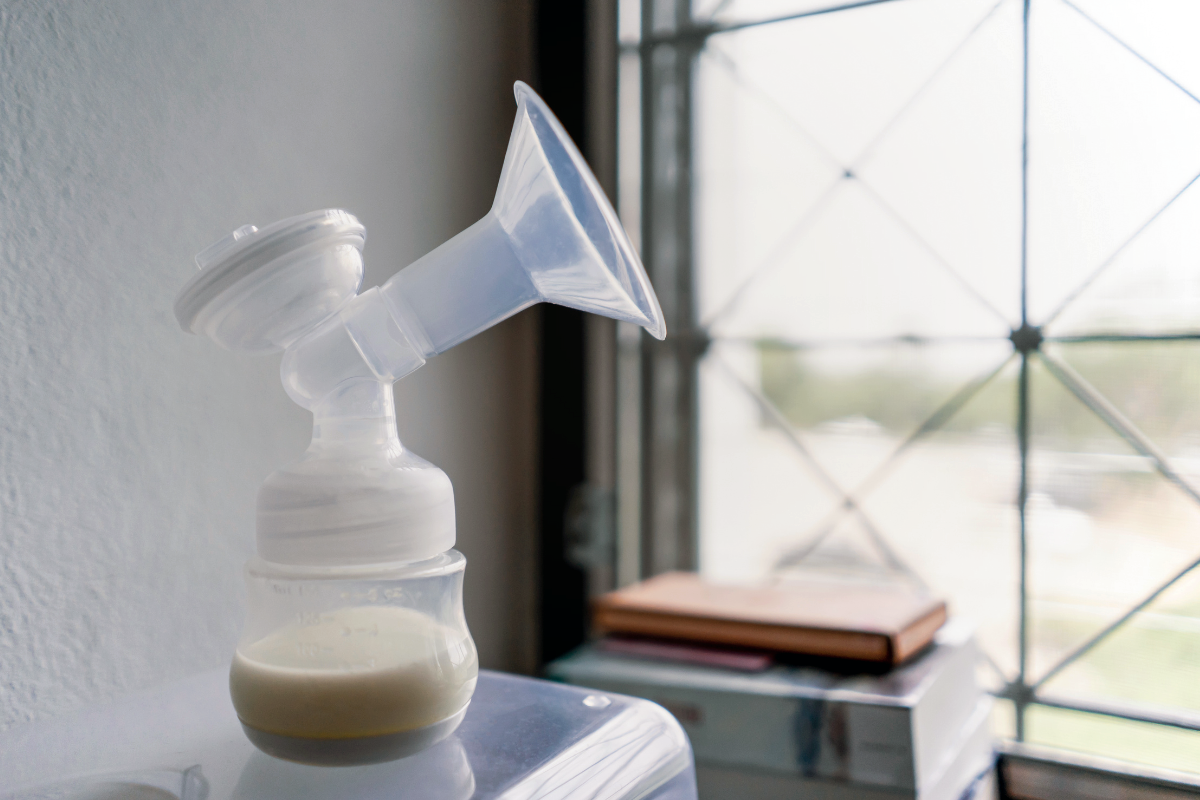I just got tested for my prolactin levels five weeks after giving birth. 60 ng/mL is below the normal range for lactating people, but my doctor does not seem overly concerned about this. Would a higher level make breastfeeding any easier? Is it worth getting higher by some intervention? What are the risks, costs, and benefits?
—Abreast of Data
Women who are breastfeeding but are not producing enough breast milk to meet their baby’s needs often look for ways to increase their breast milk supply. However, I don’t recommend routinely checking prolactin levels in this situation. Interpreting prolactin levels in the postpartum period is trickier than you might expect.

During pregnancy, prolactin levels gradually increase from about 10 nanograms/milliliter to as high as 200 ng/mL at delivery. High levels of prolactin during pregnancy play a critical role in preparing the breast for lactation. In the first four weeks after delivery, prolactin levels remain high as long as milk is removed from the breast either by nursing or pumping. This helps establish nursing. But at about week four, milk production shifts from being driven by prolactin to a demand-driven system. The more milk removed from the breast by nursing or pumping, the more milk the breast will make.
The reason no one is concerned about lower prolactin levels at five weeks postpartum is that demand is the more important driver of milk production at this point.
Dopamine antagonists, including domperidone (which is not available in the U.S.) and metoclopramide (Reglan), are prescription-only and have been studied to see if they increase breast milk production. Blocking dopamine in the pituitary gland will cause prolactin levels to rise.
A Cochrane review of these medications to increase breast milk production found that in general the quality of the data available was poor. The authors especially note imprecision in how the existing studies measured milk production. They do find that there may be some increase in milk volume among women taking dopamine antagonists. However, because of these data limitations, it’s uncertain if there are any risks to the mother or baby when taking them.
The takeaway: Prolactin is an important driver of breast milk production in the first four weeks postpartum, but after that, it becomes a demand-driven system. Dopamine antagonists like metoclopramide may increase prolactin levels and breast milk production.
Community Guidelines



















Log in